In 1950, the town of Stratford Ontario was dying. The main industry was repairing steam locomotives, a technology that was all but dead.
Local journalist Tom Patterson was looking for an idea to save the little town located on the banks of the Avon River, just like the birthplace of William Shakespeare.
His idea was to capitalize on the town name and location and revitalize Stratford through becoming a cultural centre specializing in Shakespeare plays.
In January 1952, the local town council granted him $125 to explore the possibility.\
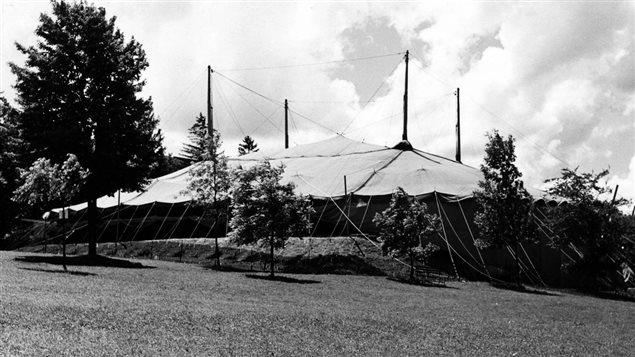
The idea caught a couple of other dedicated individuals, and soon famed British director Tyrone Guthrie was asked for advice. Fascinated to create a brandnew venue and promote his concept of the “thrust stage” similar to the apron-style of Shakespeare’s time, Guthrie flew to Canada to assess the situation, and agreed to be the director.
A huge circus-like tent was ordered and in April, 1953, ground was broken and a concrete ampitheatre with a “revolutionary” thrust stage created to Tyrone Guthrie’s specifications by designer Tanya Moiseiwitsch was built.
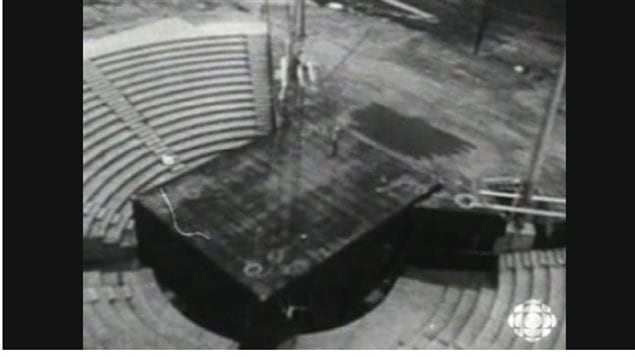
It almost faltered due to lack of funds, but miraculously some just-in-time cash was provided by the Governor-General, and private business.
The new stage represented a radical departure from the still typical proscenium-arch or “picture-frame” configuration that has dominated theatrical presentation in the 19th and early 20th centuries.
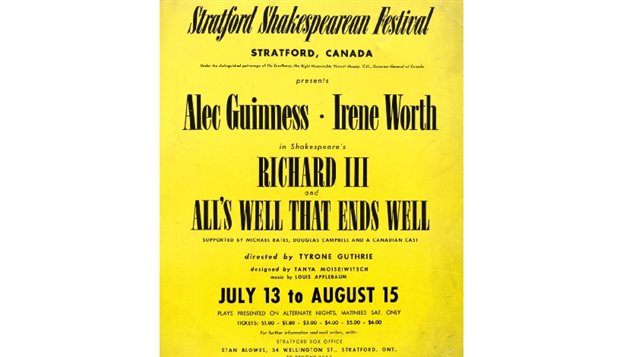
Inspired in part by the Elizabethan apron stage, the stage now consists of a protruding platform with a balcony (corresponding to the “inner above” of Shakespeare’s time), trap-doors, nine acting levels and eight major entrances. Audience seating surrounds the stage in a semi-circle similar to the amphitheatres of ancient Greece, while in a device borrowed from the arenas of ancient Rome, two vomitoria, or “voms,” run diagonally from the stage into tunnels under the auditorium. Although the theatre seats well over 1,800 people, no spectator is more than 65 feet from the stage.
Such was the interest, that from the outset, some of the best known actors in the world were eager to appear.
On this date, July 13, in 1953, the theatre opened it’s first play with Alec Guiness striding onto the stage in the lead to pronounce the famous words, “Now is the winter of our discontent made glorious summer by this sun of York”
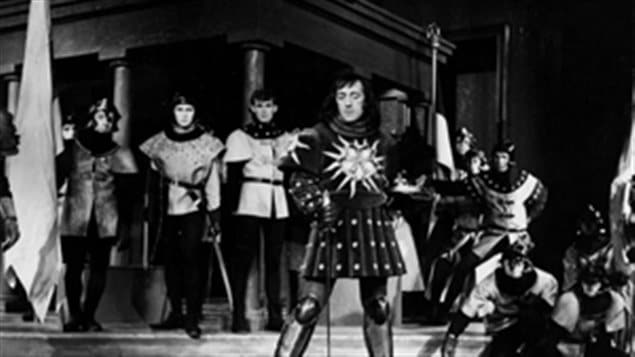
The crowds came to see for themselves these famous actors and director in such a small backwater location as Stratford. Indeed they came in such numbers that people opened their homes to take in visitors as the limited hotel space was quickly overwhelmed.
The second season was an equal success and the third. By the fall of 1956, the tent was taken down a final time and work began on the permanent structure.
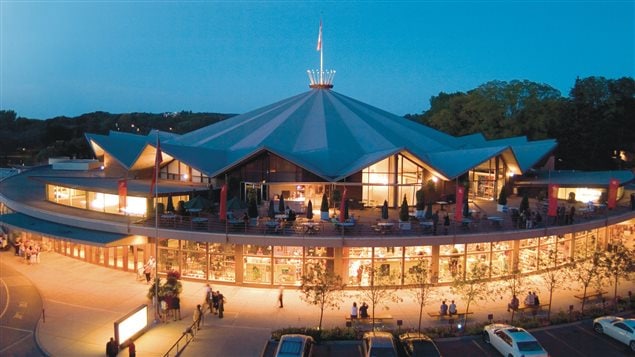
The Stratford festival, as it’s now known has become a world renowned and highly respected venue and has expanded its reperatoire to include a variety of other plays and musicals, and performances such that Shakespeare’s works make up about a third of its productions.
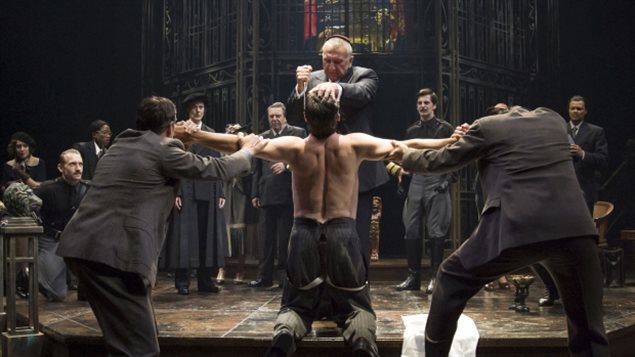



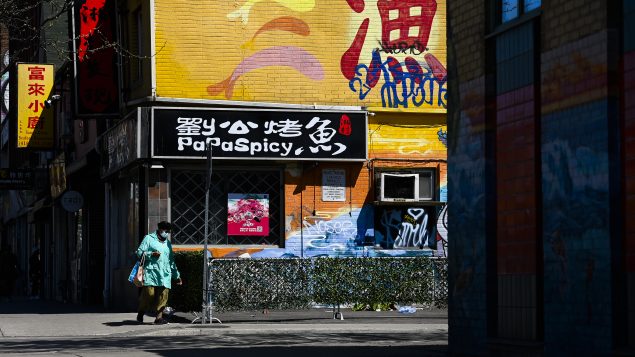


For reasons beyond our control, and for an undetermined period of time, our comment section is now closed. However, our social networks remain open to your contributions.